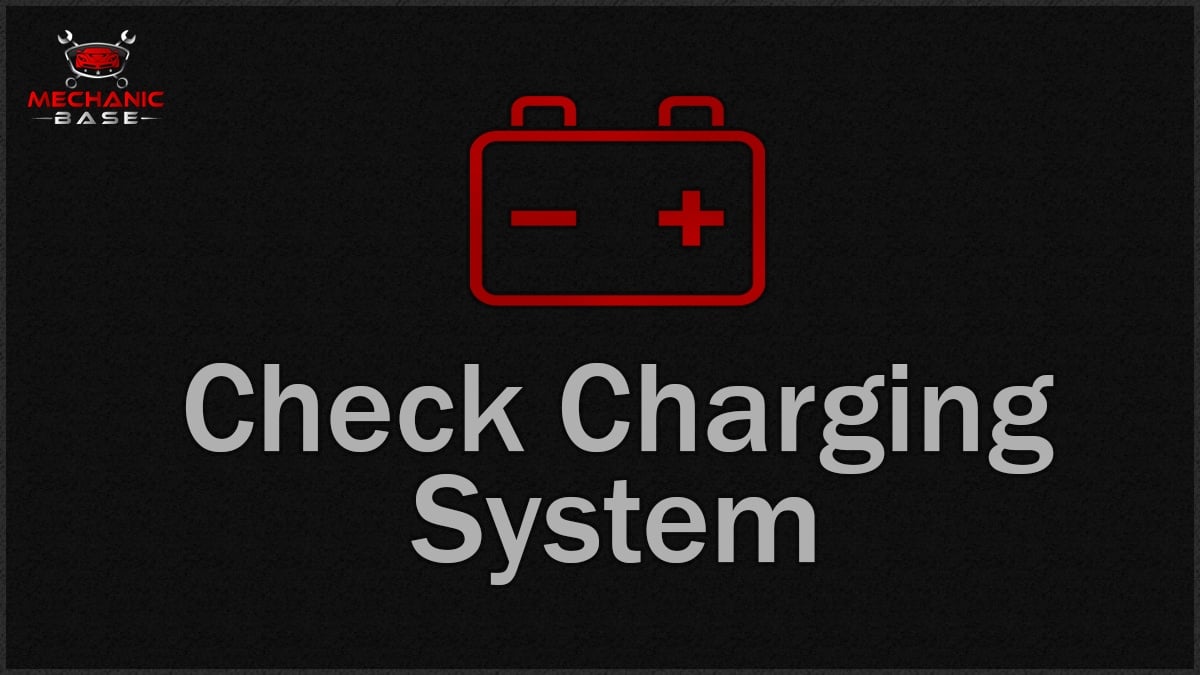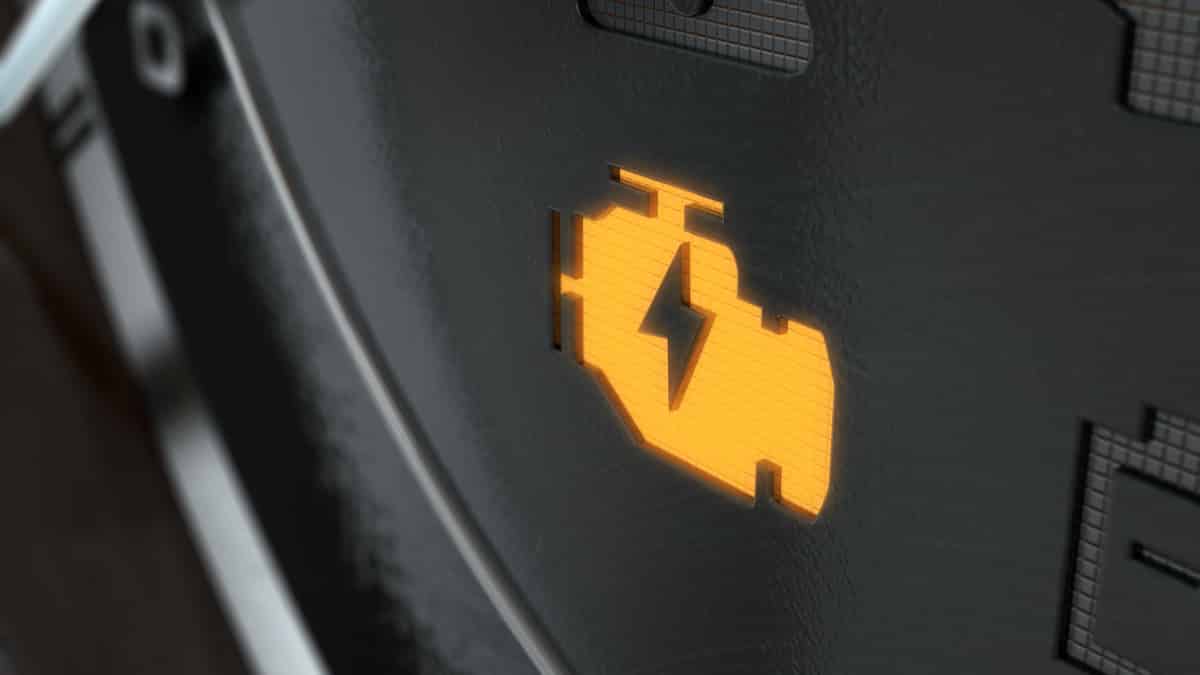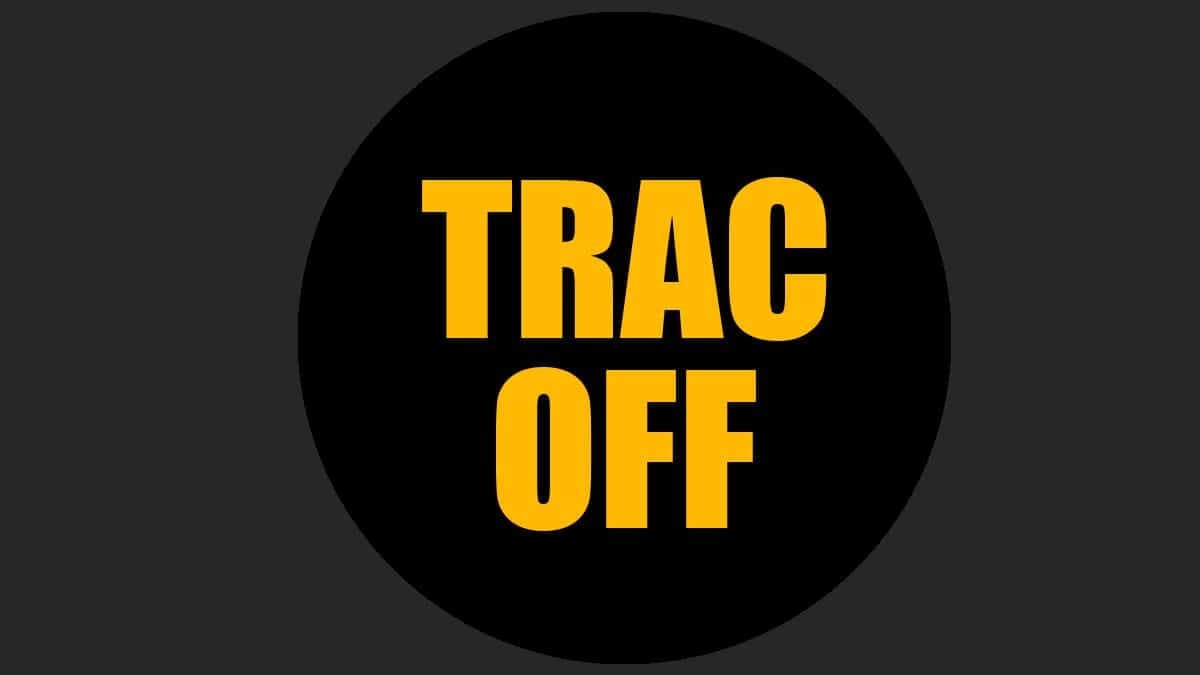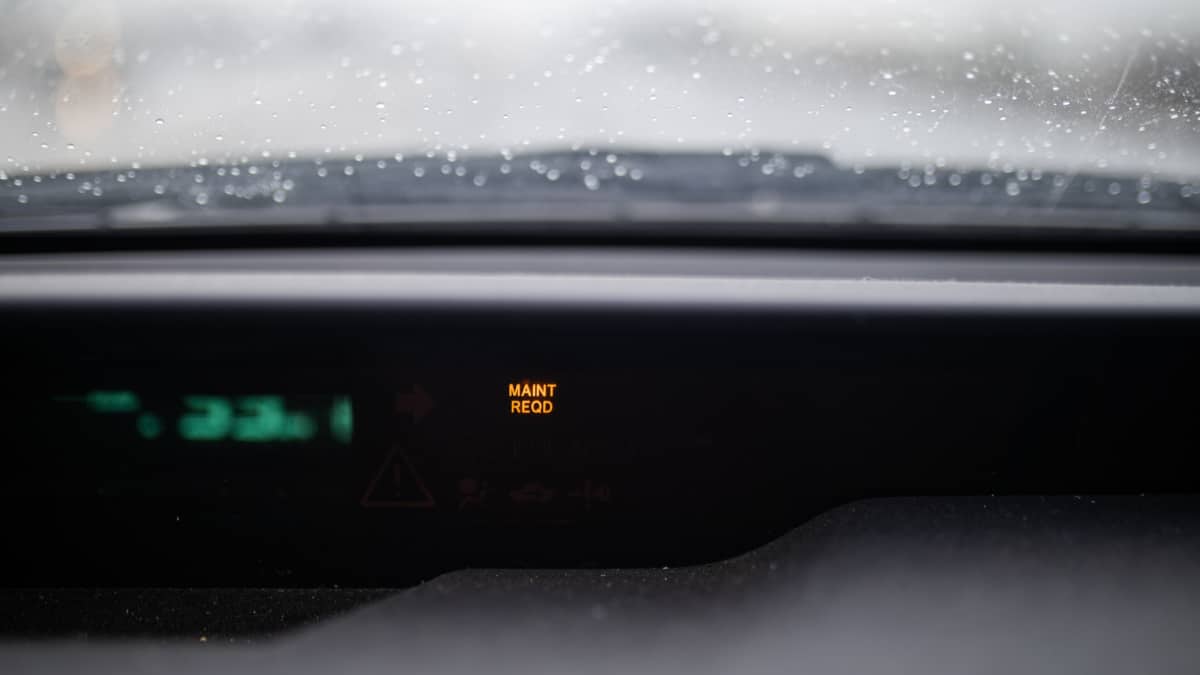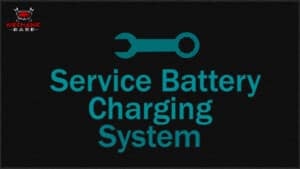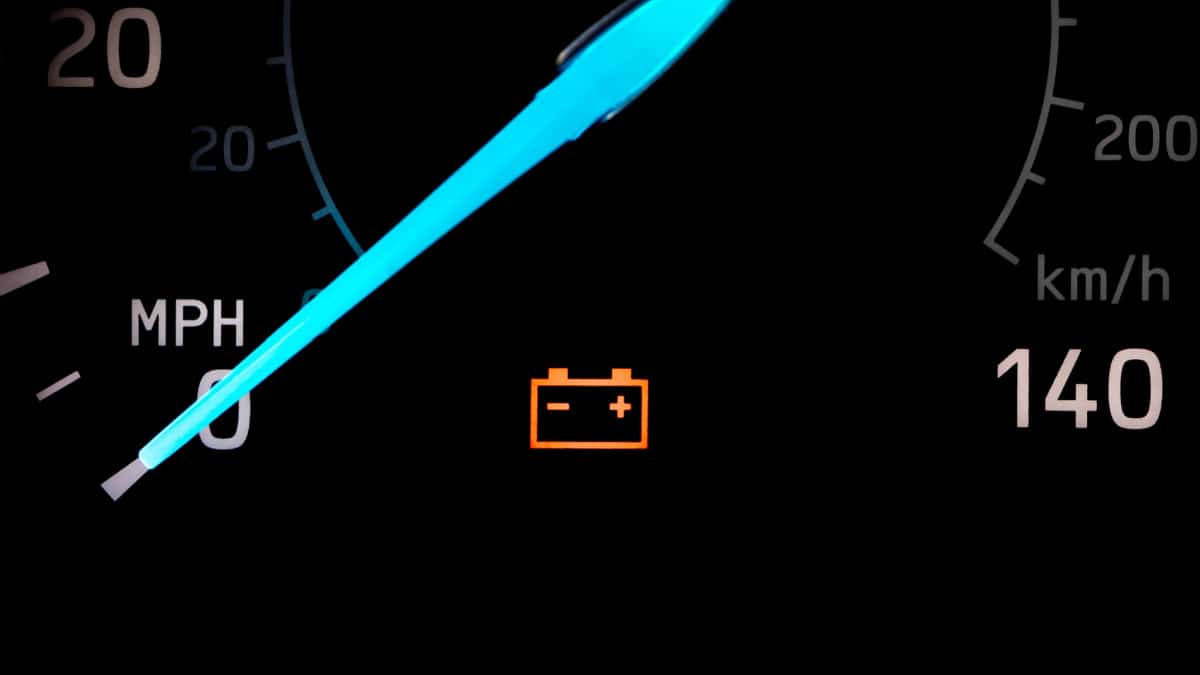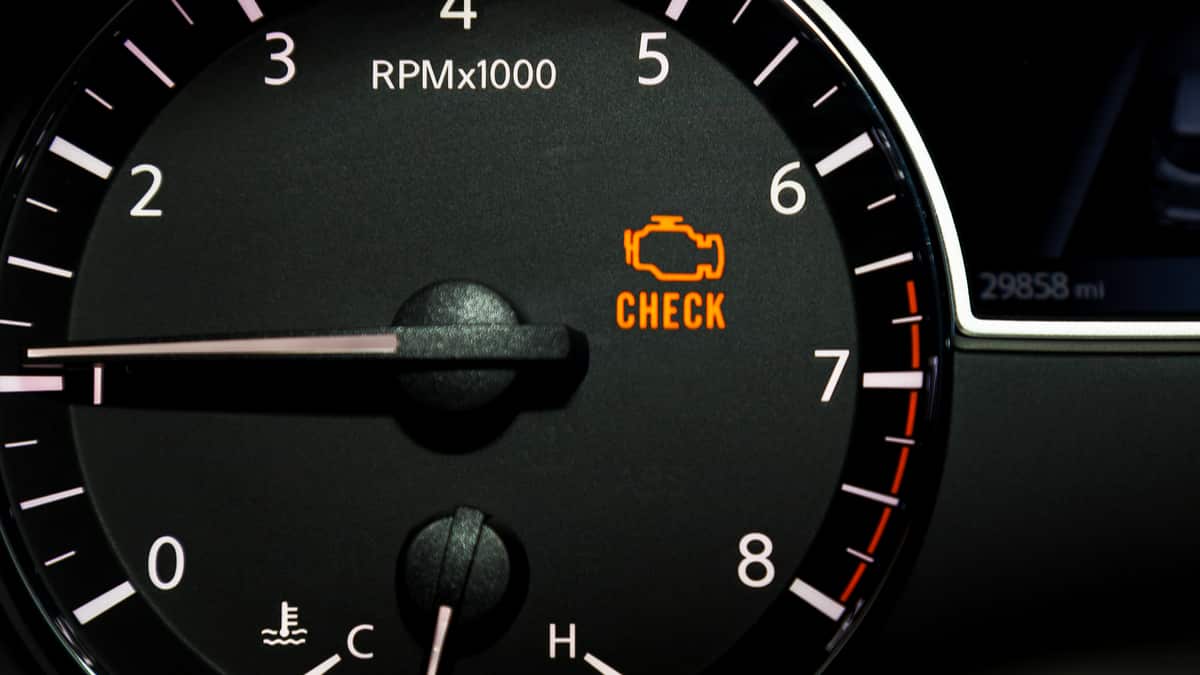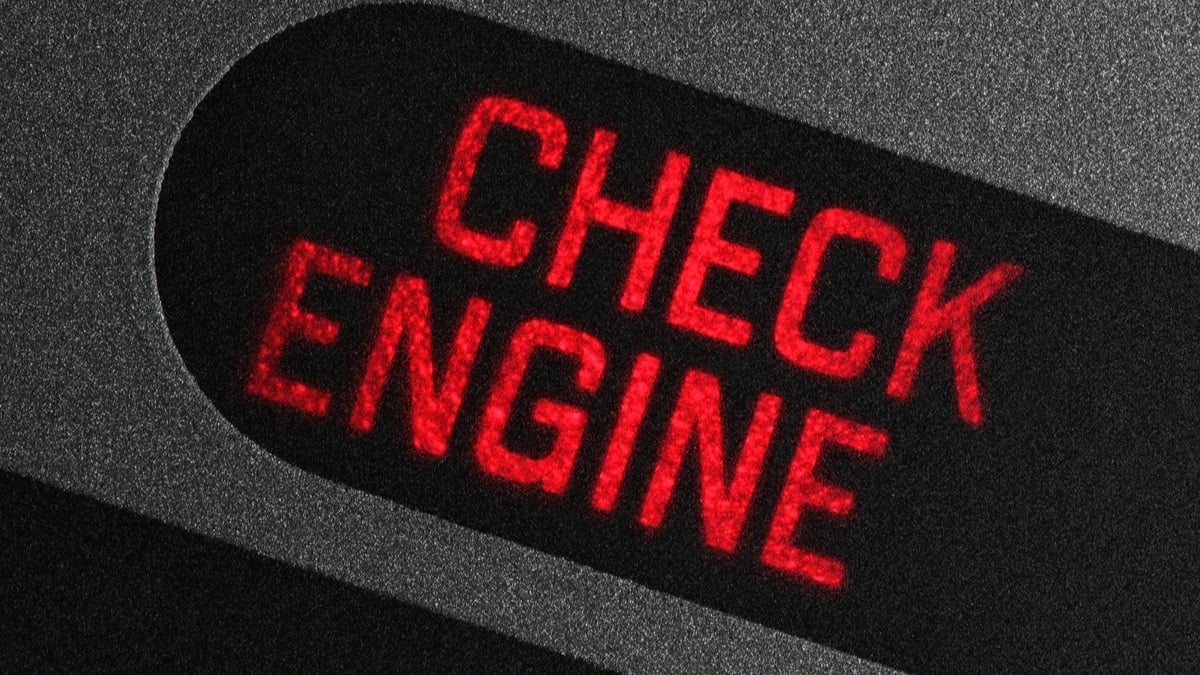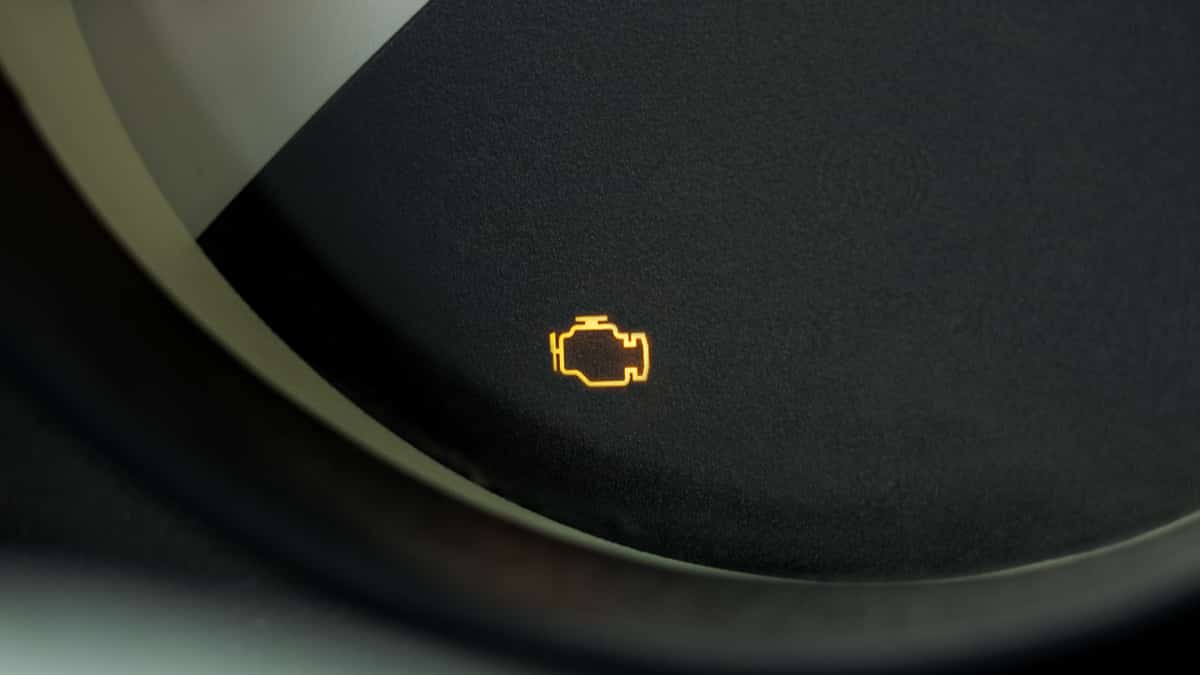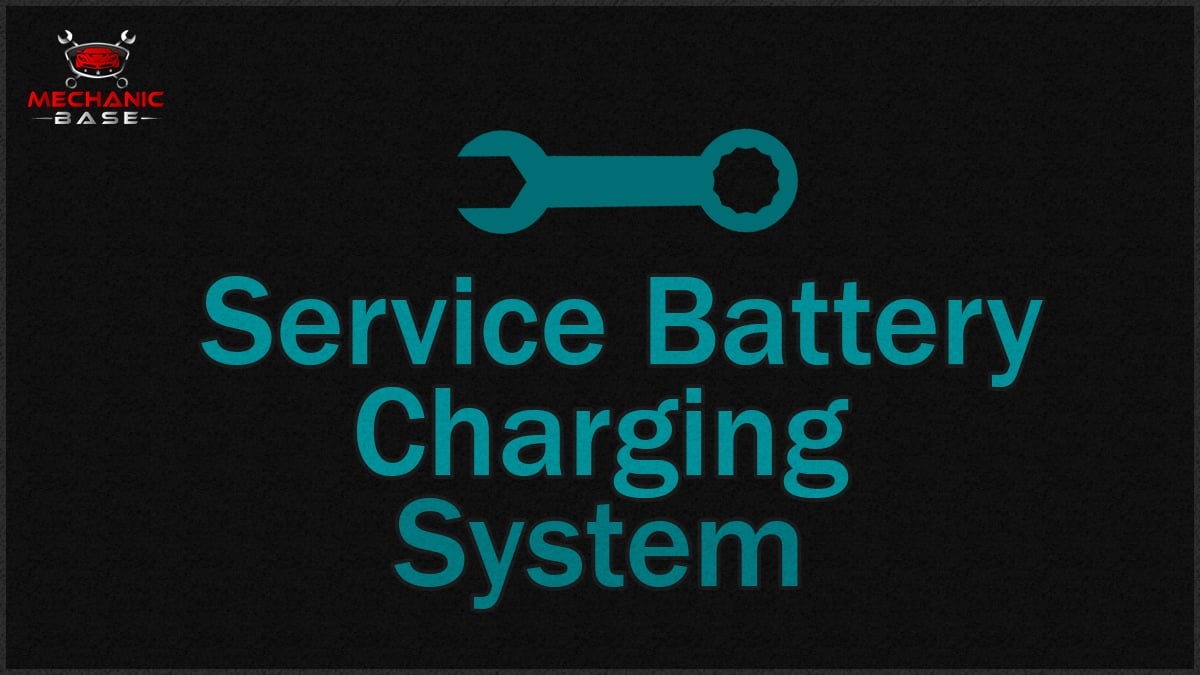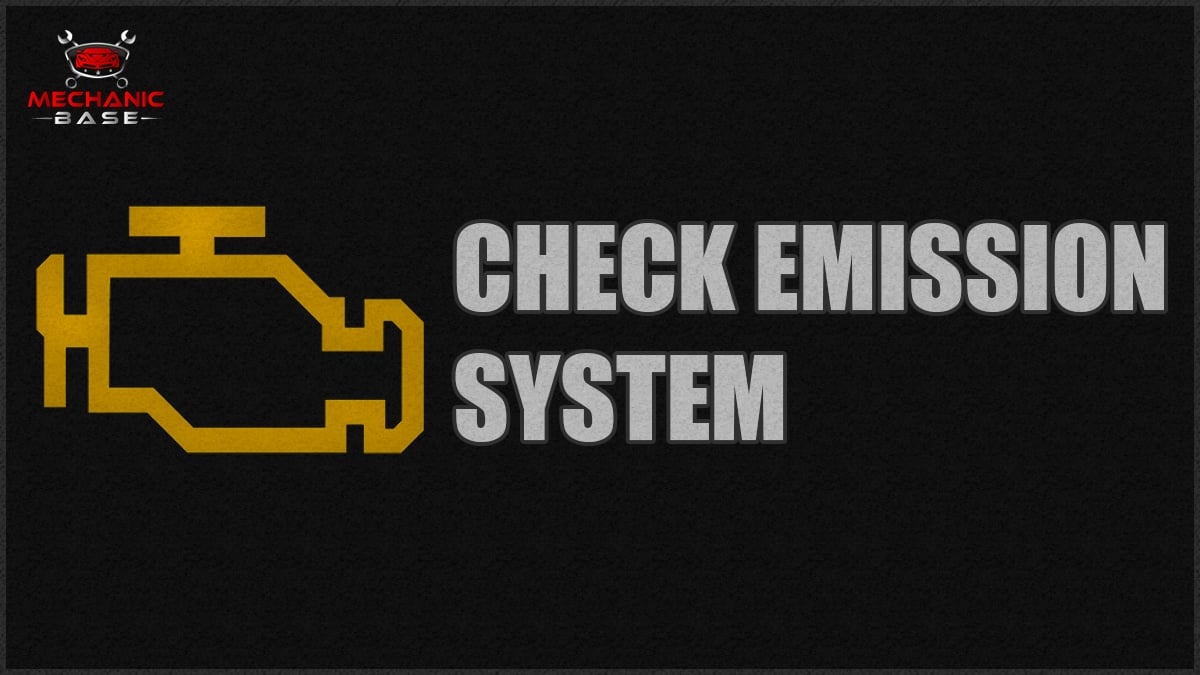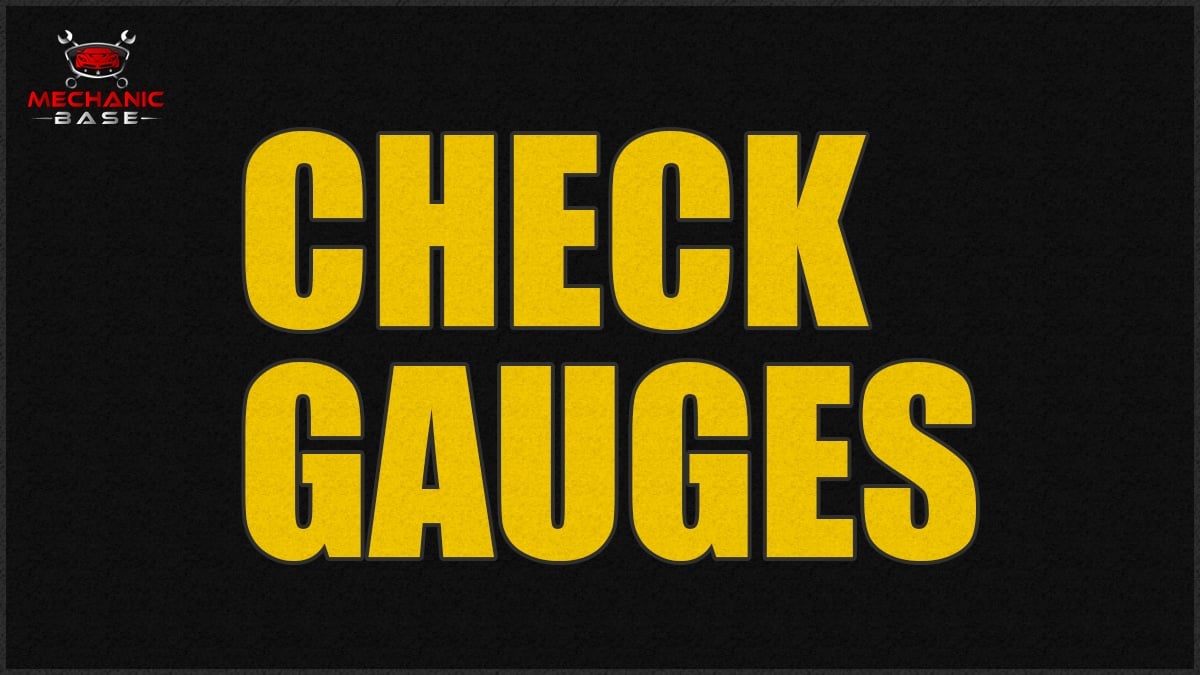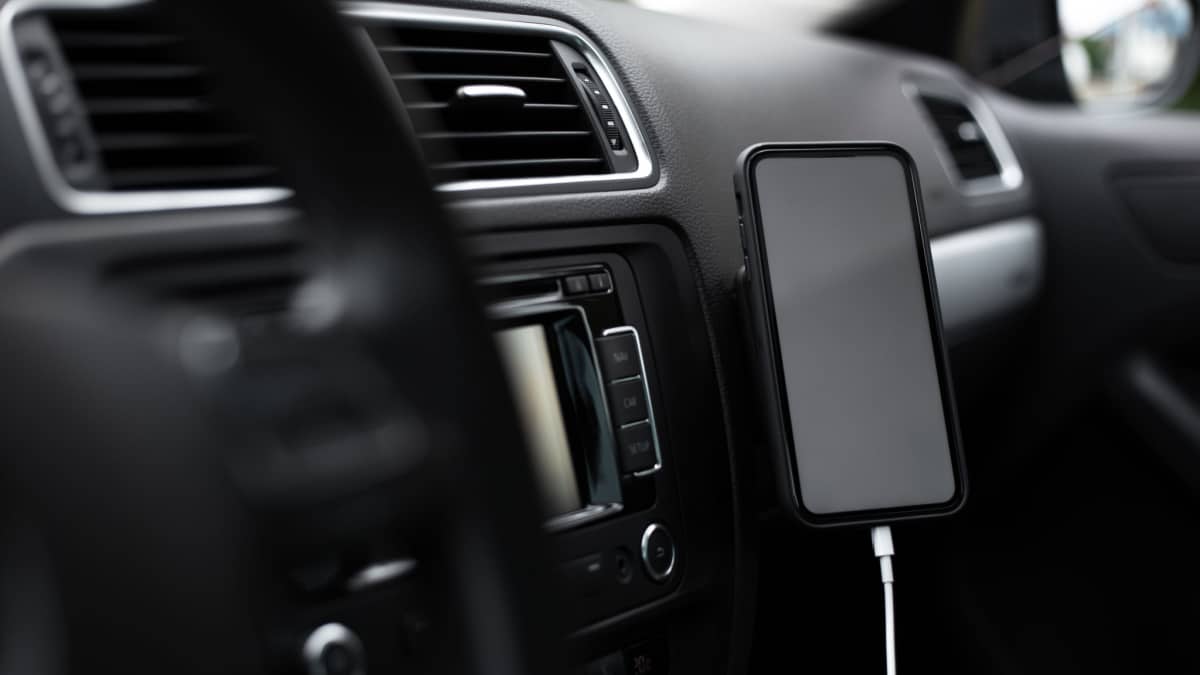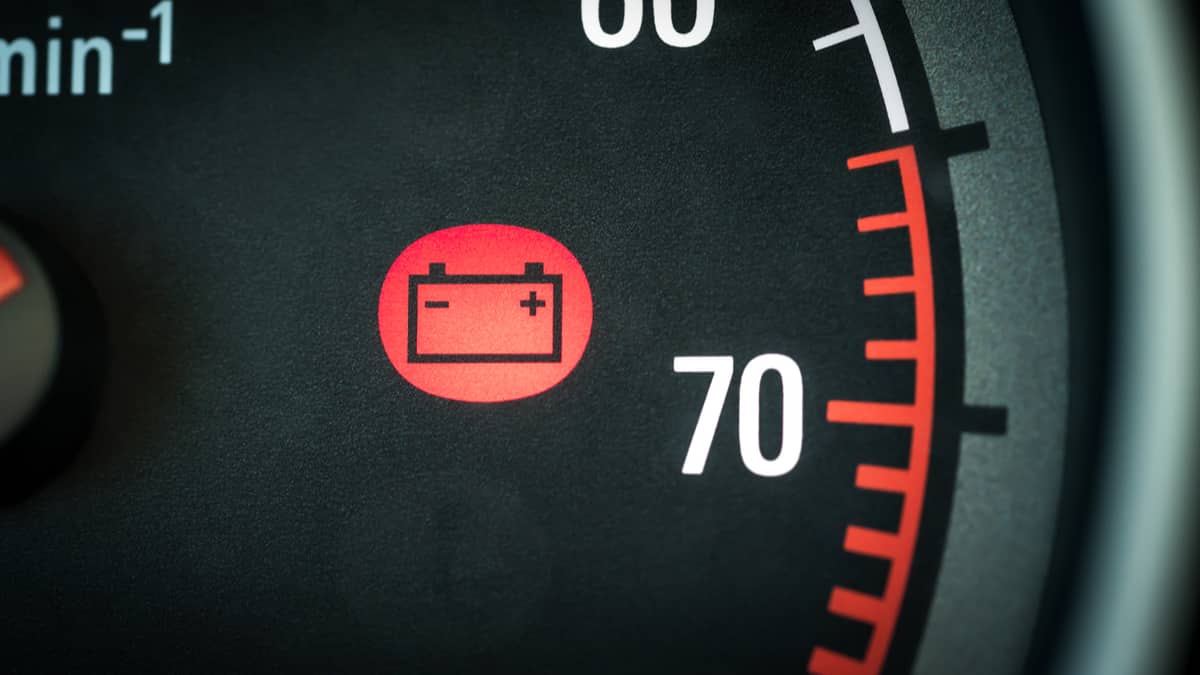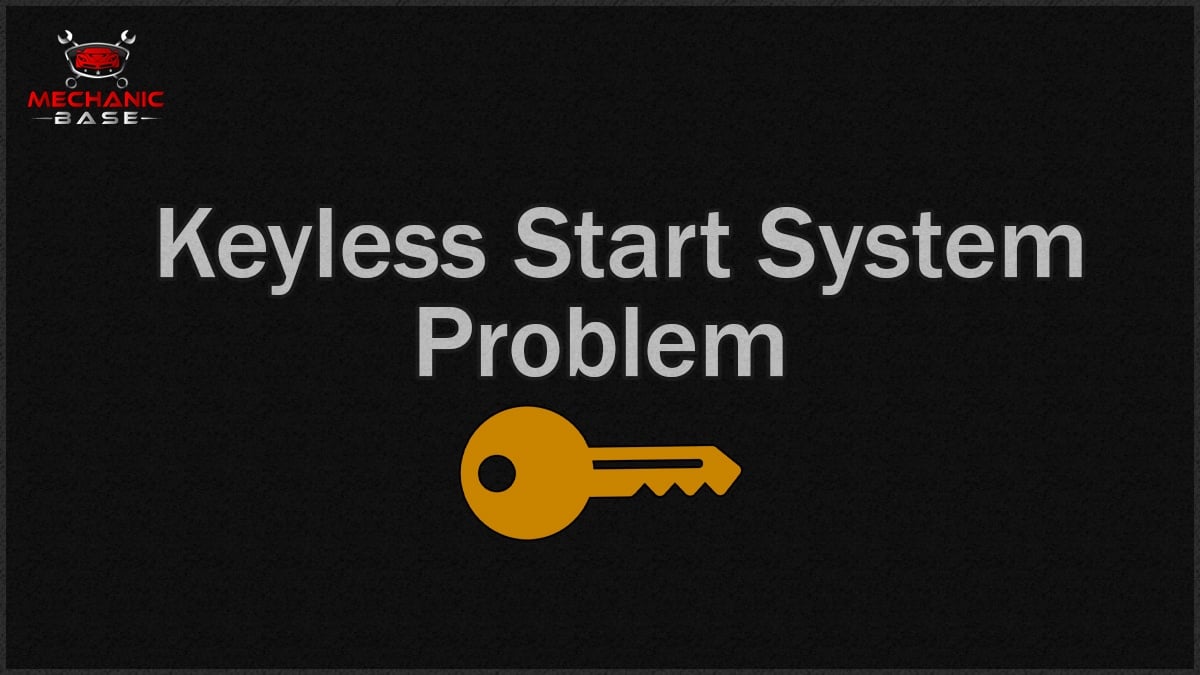Inside today’s vehicles, there are a lot of warning lights and alerts to pay attention to. When the Check Charging System Light comes on, you need to take notice. This warning is attempting to alert you to a potential problem that could interrupt your daily drive.
In this guide, we explain what this Check Charging System message means. We look at the causes and the ways to fix it. Plus, we are going to answer your top questions, so you don’t have to wonder what’s going on.
What Does The Check Charging System Warning Mean?
With the Check Charging System warning in place, the alternator, battery, serpentine belt, fuse, wiring or engine control module (ECM) could be to blame. When it comes to charging the car battery, multiple components work together to ensure proper voltage.
With any one of these components not working, the battery won’t be able to hold a charge. This problem could lead to a dead car battery in the morning or you may have trouble getting the necessary power to other parts, such as the vehicle’s headlights.
Causes of the Check Charging System Warning
With the Check Charging System alert lit, you know the problem lies with one of the charging system’s components. It could be the alternator, serpentine belt, fuse, wiring, battery or the engine control module (ECM).
As professional mechanics, we review what each of these means so you gain a better understanding of what’s happening.
1. Bad Alternator
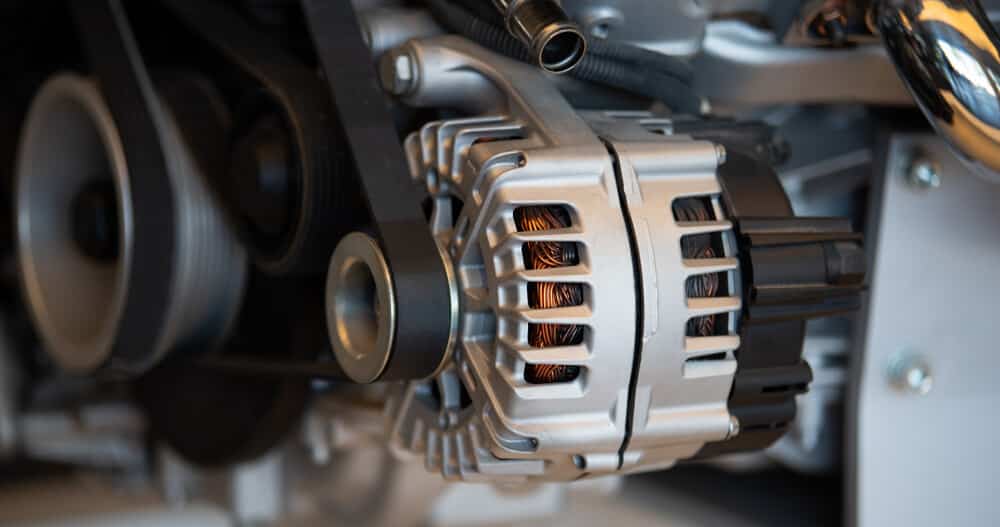
The automotive alternator acts like a generator. Its main purpose is to keep the car battery charged any time that the motor is running. The alternator pushes out voltage to keep the battery juiced up. It also supplies power to various electronics when the car is running. The average alternator lasts for 80,000 to 150,000 miles.
If the voltage drops, you’ll notice the battery dies. You’ll also see that the electronics fail to work normally. Most often, the headlights appear dimmer than normal. There are also times when the alternator fails and provides too much voltage. This problem damages the battery and the electronics. It can also cause a fuse to blow.
RELATED: 6 Symptoms Of A Bad Alternator
2. Broken Serpentine Belt
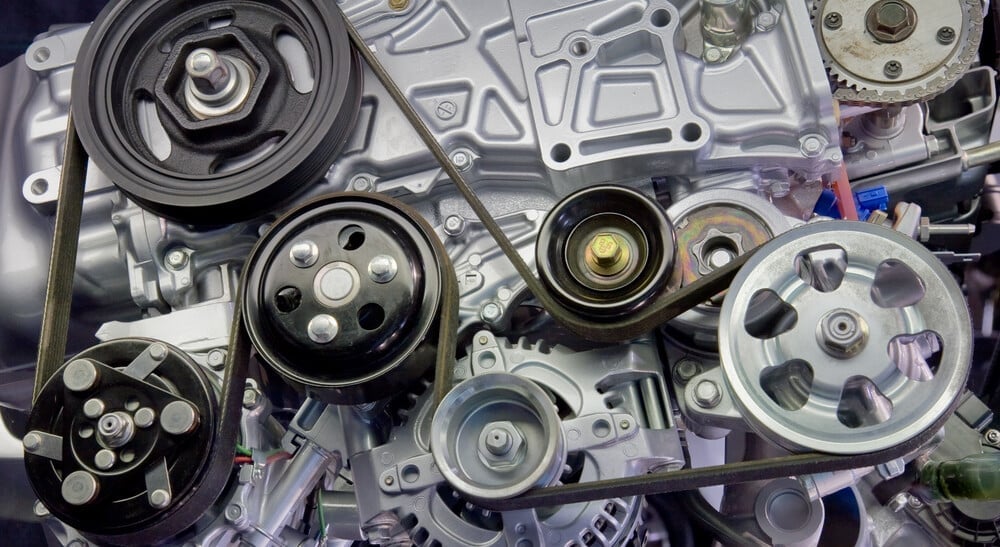
The drive belt, or serpentine belt, is responsible for powering the alternator. It moves through pulleys to run numerous accessories. This belt works any time that the motor is running. It’s designed to last for 100,000 miles when it’s properly maintained.
Over time, this belt can wear down, even if you do nothing wrong. Once it fails completely, the alternator will no longer work. With a non-functioning alternator, the battery cannot charge. At first, you may think that the battery is dead when the alternator is really to blame.
3. Blown Fuse
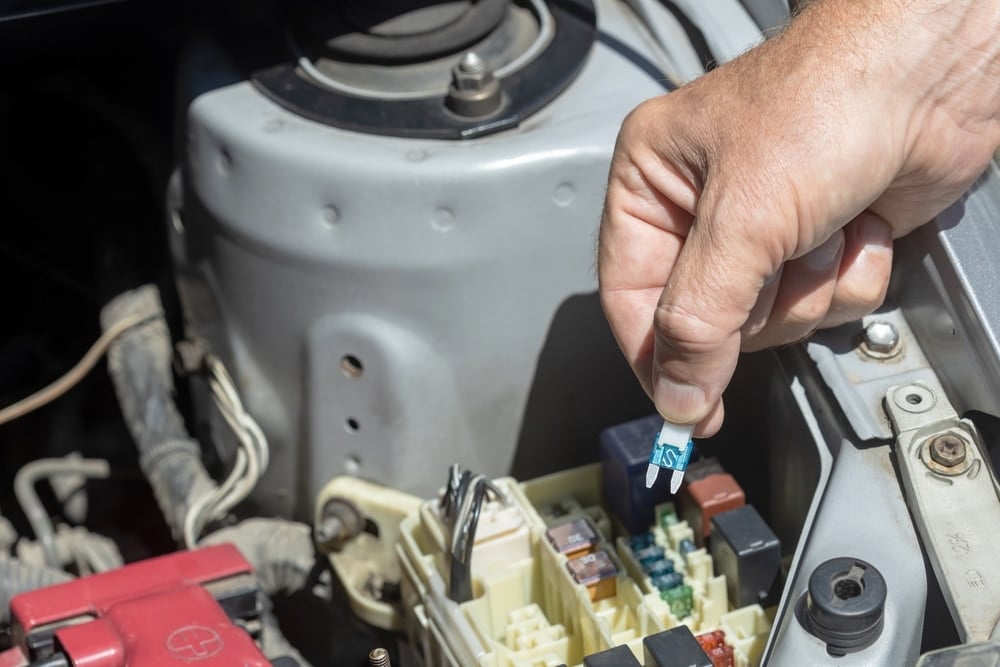
To protect the electrical system, the automaker installs a series of fuses. When a connection becomes overloaded, the fuse will blow instead of allowing any damage to occur. Once a fuse is blown, the power will fail to the flow freely.
Cars have two different fuse locations. The most accessible location is on the driver’s side of the interior, under the steering wheel. There’s also a power distribution center located under the hood.
4. Bad Wiring
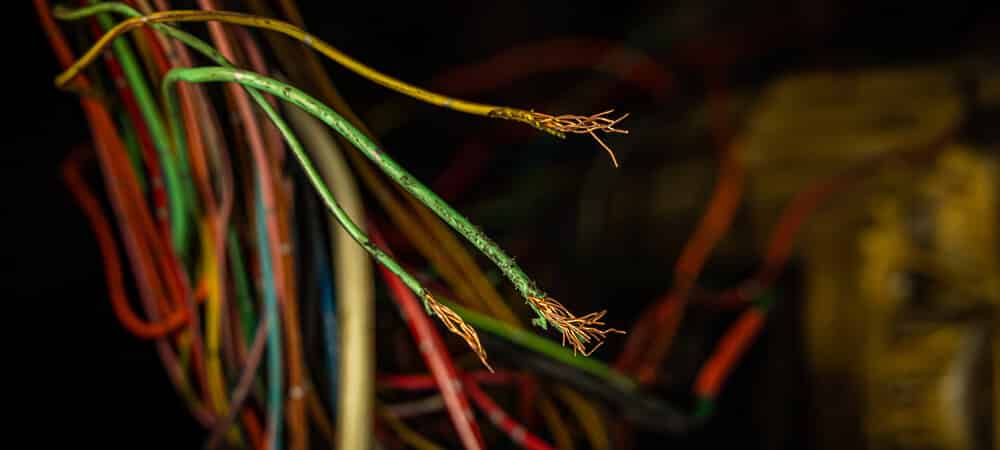
Connecting all of these valuable components, a series of wiring runs between them. There are also connectors between the parts, leaving more room for failure.
If the wires get damaged or start to fray, the power connection will be interrupted. It’s also possible for the connectors to fail or experience corrosion. If power can’t run through the wires, the battery can’t get charged, thereby causing the light to come on.
5. Bad Battery
It’s common to think that the battery is the culprit. After all, this is the most known part of the charging system. Without a car battery, you wouldn’t be able to start the car. Considering these parts only last around three to five years, you may need to replace one.
When the battery begins to fail, you’ll first notice trouble getting the engine running. You may also have trouble running various accessories, such as the headlights or car radio. If the battery is dying before it should, there could be a larger issue. Don’t keep replacing batteries without first figuring out what’s causing the problem.
6. Bad ECM
The Engine Control Module (ECM) runs all of the vital components. It takes information from various sensors and uses it to keep things balanced.
When the computer fails, strange things can occur with the charging voltage. Additionally, warning lights can appear, including the Check Engine message. It can also lead to unrelated failures. Because these computers control many things, you want to have them looked at right away.
How To Fix The Check Charging System Message
Before you can fix what’s wrong with the charging system, you must diagnose it first. If you have some mechanical knowledge, you can gain a lot of answers from the factory service manual. Aside from that, we recommend these steps.
1. Check Serpentine Belt

You can perform a visual check on the serpentine belt to see if it is damaged. Look for signs of wearing or fraying. It’s also possible to check on its tension by pushing on it gently. If you notice an excessive amount of slack, it’s time to replace the belt.
Before you take the old belt off, take a picture of how it goes on. You can also find a diagram in the service manual. These belts can weave through a lot of components, making the installation complicated.
2. Measure Charging Voltage
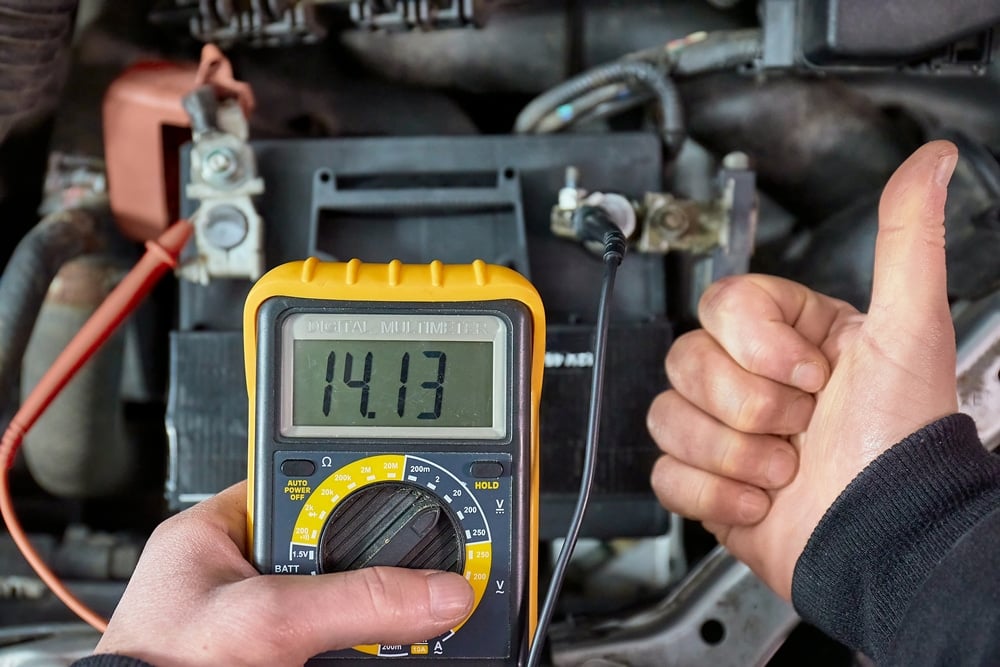
It’s also important to check on the battery voltage. With a multimeter, you can do this procedure quickly.
- Turn on the headlights and let them run for a minute. This step ensures the surface charge is removed.
- Set up your multimeter to the 20 volt option.
- Turn off the headlights.
- Connect the multimeter to the corresponding negative and positive terminals on the battery.
- Read the voltage. It should be around 12.6 volts.
- Start the engine and measure the battery voltage again, it should give you at least 13.5 volts if the alternator is charging the battery
If you prefer not to use the multimeter, visit an auto parts store that does free battery checks. These locations also handle the installation of a new battery with its purchase.
READ MORE: How to Test a Car Alternator (5 Steps)
3. Scan Codes
If the Check Engine Light is on, there could be codes in the computer you can read. Plug the code scanner into the OBDII port to pull out any relevant codes.
If you aren’t sure what they mean, you can use our DTC library to get more information. Once the problem is repaired, remember to reset the codes.
4. Inspect the Alternator and Wiring
Replacing the car battery generally weeds out another issue. If the battery gets replaced with a new one, but it dies too, the issue is probably the alternator. Check the voltage on the alternator to see what the output is.
On top of that, you should always check the wires and connectors. If there’s anything broken or a connector has corrosion, you should deal with these problems to ensure the voltage can flow freely.
5. Contact A Professional
As professional mechanics, there are still times when we need more support. It’s not wrong to reach out to a local shop if you think the job is too big for you. Certified mechanics will have more advanced equipment, making the repair and diagnosis easier.
Take a look at some online reviews to find a good shop near you. Better yet, talk to your trusted friends and family to see who they recommend.
How do I fix the check charging system light?
You must first figure out what part has failed. Whether it is the alternator, battery, serpentine belt, fuse, wiring or engine control module (ECM), a replacement will be necessary. You may also need to clear the codes once the issue is repaired to get the light off.
What causes charging system problems?
Any component in the system can be to blame. The light has come on to show that the voltage isn’t right, leading to a battery that won’t charge. It could be due to your alternator, battery, serpentine belt, fuse, wiring or engine control module (ECM).
Does AutoZone check the charging system?
Most AutoZone locations will check the battery charge and install a new one if you purchase with them. Additionally, some locations are willing to check the alternator as well. Besides that, you will have to do your own diagnosis or take your vehicle to a local repair shop.
How much does it cost to fix the charging system in a car?
It depends on what’s causing the problem. The cheapest repairs may be to clean up battery corrosion or replace a fuse. Aside from that, replacing the alternator, battery or serpentine belt could cost you anywhere from $80 to $600. You can save money by performing the repair on your own.
Don’t ignore the Check Charging System light when it comes on. Any warning light is meant to get your attention. By understanding what parts make up the charging system, you will be able to diagnose the problem better. Thankfully, you don’t need a lot of sophisticated equipment to get the job done. You also don’t need to be a mechanic with a ton of experience.
By following the tips in our guide, you should be able to get to the heart of the matter. Even if it becomes too complicated for you, there’s always the option to visit a certified mechanic in the area.
Learn more:
- Charging System Failure – Meaning, Causes & How to Fix
- Alternator Not Charging? Causes & How To Fix It
- Battery Discharge Warning Kia: Meaning, Causes (& How To Fix)
Categories: Electric, Warning Lights
